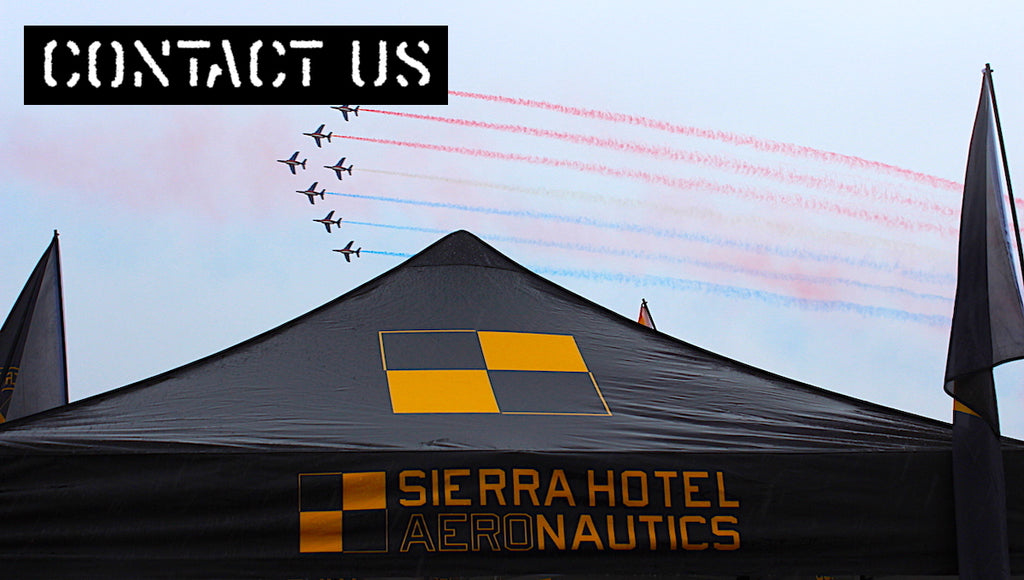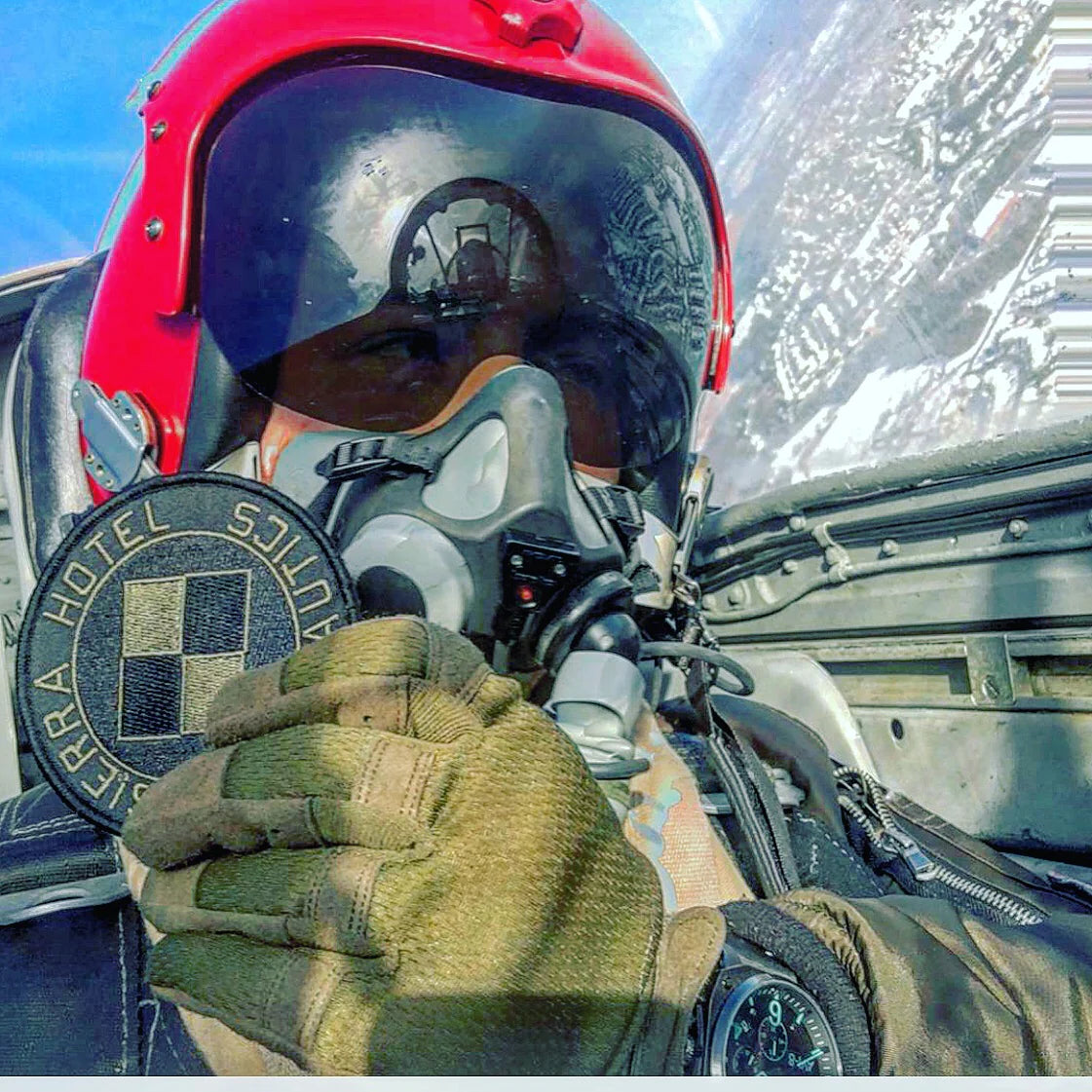British Airways Flight 009

British Airways Flight 009. Known to air traffic controllers as "Speedbird 9," was on a routine long-haul from London Heathrow to Auckland, New Zealand, with scheduled stops in Mumbai, Kuala Lumpur, Perth, and Melbourne. But on the night of 24 June 1982, between Kuala Lumpur and Perth, the routine turned to anything but...
The aircraft, a Boeing 747-236B named City of Edinburgh (registration G-BDXH), was calmly cruising at 37,000 feet, travelling west of Java, in what appeared to be calm conditions with no sign of weather on radar ahead. On board were 247 passengers and 15 crew members. At the helm for this leg of the journey were Captain Eric Moody (41), Senior First Officer Roger Greaves (32), and Flight Engineer Barry Townley-Freeman (40). All three had joined the aircraft in Kuala Lumpur for the flight to Perth.

Shortly after 13:40 UTC, the crew noticed an unusual blue glow, known as St. Elmo’s Fire, a somewhat rare, but well-known atmospheric electrical phenomenon, began to materialize over the forward nose section and windshield of the aircraft. At the same time, passengers noticed an unusual smoky haze spreading throughout the cabin. There was no fire, no burning plastic, but a fine mist with a distinctly sulphurous smell. Worried passengers with window views began to report the engines glowing with an eerie bright blue light, blades illuminated in a stroboscopic shimmer.
Then, without warning, engine number four surged and flamed out. The crew acted immediately, shutting it down. Then, engine two failed. Then engines one and three.
"I don’t believe it—all four engines have failed!" exclaimed Flight Engineer Townley-Freeman.
In less than 60 seconds, the aircraft had gone from normal cruise to becoming a 300-ton glider over the middle of the ocean. All four engines of the iconic Boeing 747, otherwise known as the "Queen of the Skies," had failed, and now a hauntingly quiet, glowing phantom crossing the skies over the Indian Ocean.

Image courtesy of The Discovery Channel
The crew quickly ran through emergency procedures, declared a Mayday, and began their unwanted descent.
Captain Moody then calmly made an announcement to the cabin that is now legendary for its understatement:
“Ladies and gentlemen, this is your captain speaking. We have a small problem. All four engines have stopped. We are doing our damnedest to get them going again. I trust you are not in too much distress.”
The crew declared a Mayday. However, Jakarta air traffic control initially misunderstood the severity, believing only one engine had failed. Communications were likely disrupted by ionized ash particles around the aircraft. It took a relay via a nearby Garuda Indonesia flight for the controllers to grasp the full nature of their emergency.
The Boeing 747 has a glide ratio of 15:1, giving them approximately 23 minutes of glide time and a range of nearly 91 nautical miles from cruising altitude. But beneath them in the darkness awaited the vast, black waters of the Indian Ocean, and to the north, the towering volcanic mountains of Java.
The cabin then lost pressurization. Oxygen masks deployed. First Officer Greaves’s own oxygen mask malfunctioned, forcing a more expedited descent at nearly 6,000 feet per minute to breathable altitude. Passengers, fearing the worst, began writing farewell notes to loved ones.
At 13,500 feet, the aircraft was nearing the minimum safe altitude to clear Java’s southern mountains. The plan was, if no engines restarted by 12,000 feet, the crew would execute a water landing in the Indian Ocean. Never before attempted in a 747.
As the aircraft continued its descent, 13:56 UTC, engine four roared back to life. Then engine three. Then engine one. Eventually, even engine two briefly restarted before vibrating violently and requiring shutdown.
With power partially restored, the crew clawed thier way back to 15,000 feet, requesting clearance to Jakarta’s Halim Perdanakusuma International Airport. But the flight from hell wasn’t over.
You would think that suffering from multiple engine failures and total power loss, then a possible night ditching in the Indian Ocean, would have been a long enough day for the crew of BA Flight 009, but on the approach, one more sobering surprise awaited them. As flight 009 was descending into Jakarta, the crew noticed their almost complete lack of forward visibility through their cockpit windshield. The windscreen had been effectively sandblasted and etched opaque by the ash, leaving the pilots as blind as looking through frosted glass. No matter what weather conditions existed, they could not and would not see the runway. They were forced to land relying on instruments, hazed landing lights, and side window visual references on short final.
The crew opted for an instrument landing system (ILS) approach, but only the lateral guidance system was functional. Using distance-measuring equipment (DME), First Officer Greaves calculated a "virtual glide slope," calling out altitude targets by distance.
Moody later described the landing as "a bit like negotiating one’s way up a badger’s arse."
After landing, the windscreen was so opaque from ash damage that the crew could not even taxi the aircraft. They came to a stop on the runway, and called it a day.
"The Pope does it," he explained. "Yes," Moody replied. "But he flies Alitalia."
The mysterious culprit was discovered to be from a massive, undetected ash plume from Mount Galunggung, erupting over 100 miles away. Invisible on radar, and the crew, it had enveloped the 747, scouring the fuselage and choking the engines. Ash melted inside the turbines, coating internal components and suffocating combustion.

Remarkably, no injuries or fatalities occurred. The aircraft was repaired and returned to service, and the crew received thier well deserved post flight rest.
The Flight 009 incident led directly to the formation of Volcanic Ash Advisory Centers (VAACs) and a global awareness campaign about the dangers of volcanic ash to aviation. Flight 009 remains the most dramatic example of volcanic ash-induced engine failure in a commercial airliner, and further proof that the iconic 747 affectionately called the "Queen of the Skies" was a trusty steed indeed.












Leave a comment